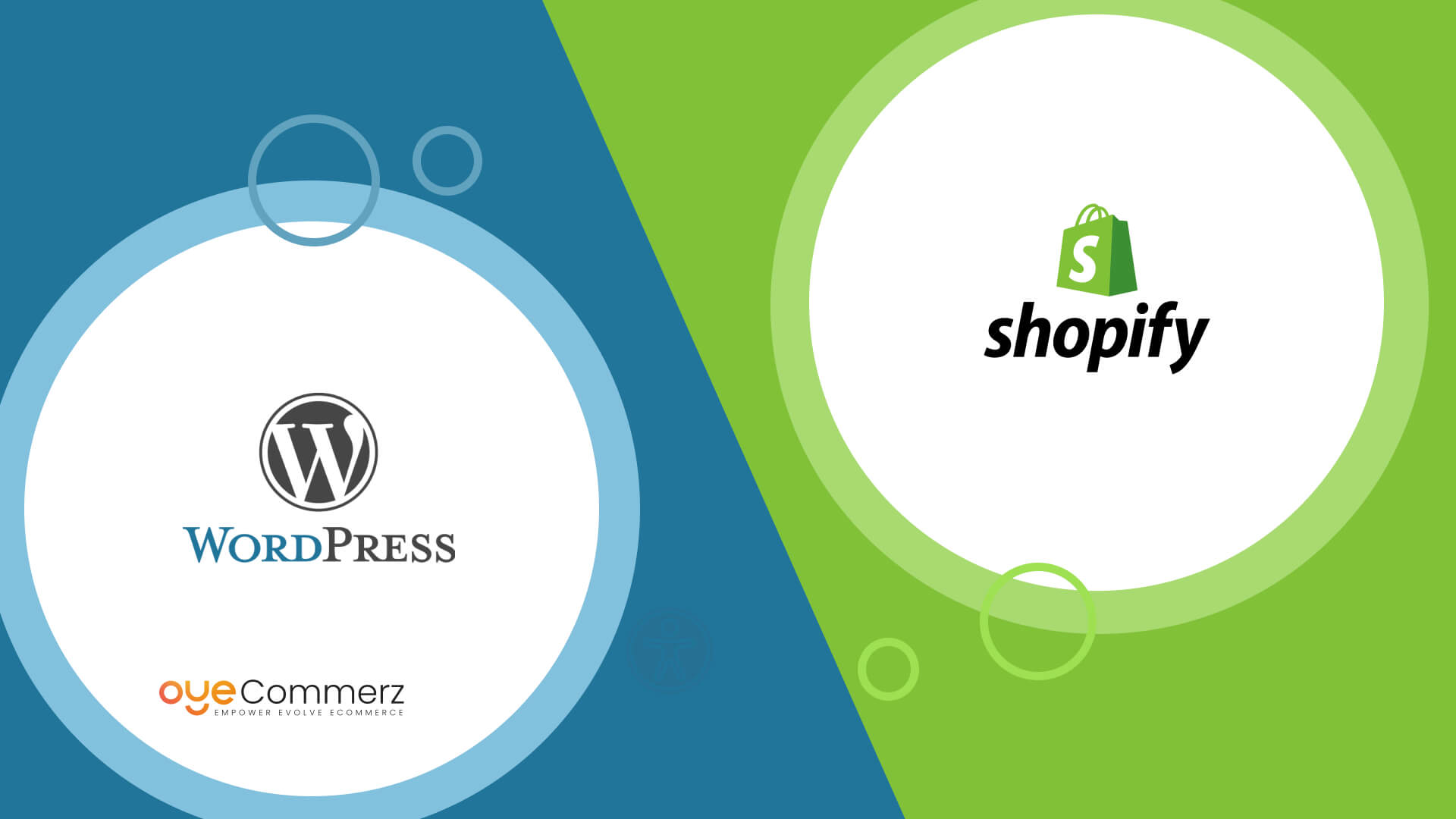Scaling an e-commerce store requires adaptability, growth, and delivering outstanding customer satisfaction.
If you’re planning to migrate from WordPress to Shopify, you’re likely aiming for superior performance, greater functionality, and a more future-proof platform.
Discover the critical steps, expert tips, and proven strategies for migrating to Shopify with minimal disruptions and maximum impact.
Reasons to Transition from WordPress to Shopify
WordPress is a flexible platform, but its dependency on plugins can complicate e-commerce scalability.
Shopify is designed specifically for online retail, offering powerful tools, security, and scalability to fit businesses of any size.
Shopify's reach extends to over 4.5 million stores globally in 2024, confirming its leadership in the e-commerce space.
Migrating to Shopify brings advantages such as streamlined order processing, advanced payment features, and better mobile responsiveness.
This is your detailed plan for a successful migration journey.
Step 1: Assess Your E-Commerce Needs
Analyze your e-commerce store to pinpoint areas that require improvement or growth.
Identify bottlenecks such as sluggish performance or excessive reliance on third-party tools.
Shopify’s native functionalities, including Shopify Payments and pre-built themes, simplify operations and boost performance.
Step 2: Create a Migration Plan
An unorganized migration process may cause disruptions, data mishandling, or extended delays.
To minimize risks, prioritize critical components such as customer records, product catalogs, and transaction data.
Shopify provides tools and third-party apps to simplify the migration process and safeguard important information.
Step 3: Personalize Your Shopify Setup
Shopify’s flexible themes allow you to reflect your brand identity seamlessly.
Choose from Shopify’s professionally designed themes or edit them to fit your needs.
Explore themes like “Impulse” and “Prestige” for responsive, feature-rich options.
If you’re an enterprise business, Shopify Plus customization takes your branding to the next level.
Oyecommerz provides expert Shopify Plus customization services to elevate enterprise branding.
Step 4: Preserve Your SEO Rankings
Maintaining your SEO settings is crucial to keeping your website visible in search results.
Shopify tools enable redirection of old URLs to new ones, safeguarding existing traffic.
Optimize metadata and link to Google Analytics for seamless SEO tracking on Shopify.
Reports indicate that 70% of websites experience temporary traffic dips post-migration without proper SEO management.
Step 5: Leverage Shopify’s App Ecosystem
Unlock advanced features for your store with Shopify’s rich selection of apps.
Apps like Klaviyo for email marketing and Yotpo for customer reviews can transform your customer engagement strategy.
For more complex requirements, Shopify API integration allows seamless connection with third-party tools.
Let Oyecommerz connect third-party solutions to your Shopify store for smoother operations.
Step 6: Focus on Mobile Optimization
In 2024, mobile devices account for nearly 60% of online transactions, making optimization essential.
Shopify’s responsive themes ensure your store looks great and functions smoothly on mobile.
Shopify’s payment options, like Shop Pay, offer a quick and frictionless checkout experience.
Focus on streamlined navigation and speed to maximize mobile sales potential.
Step 7: Prepare Your Team for Shopify
While Shopify’s interface is user-friendly, training your team ensures a smoother transition.
Ensure your team knows how to handle inventory, process orders, and analyze reports.
Well-trained staff can make the most of Shopify’s features, improving overall store efficiency.
Step 8: Verify Store Readiness Pre-Launch
Before going live, perform comprehensive testing to identify and fix any issues.
Verify that Shopify mobile optimization product information, inventory, and navigation links are error-free.
Validate payment gateway functionality and test the checkout process on multiple devices.
A well-tested store provides users with a flawless shopping experience from the start.
Step 9: Announce Your New Store Boldly
Turn your platform switch into a marketing event to attract attention and retain customers.
Use email campaigns and social media to inform customers about the benefits E-commerce website migration of the new platform.
Showcase features like faster load times and a secure checkout to build trust and excitement.
Conclusion: Shopify – The Key to E-Commerce Growth
Switching to Shopify is not just a migration; it’s a leap toward long-term success.
Shopify’s robust tools, scalability, and seamless integrations create an ideal platform for growth.
Whether you’re a startup seeking simplicity or an enterprise requiring advanced capabilities, Shopify delivers.
Oyecommerz, a certified Shopify Plus partner, guarantees a seamless and effective transition.
Trust Oyecommerz to make your migration stress-free and maximize your store’s capabilities.
Ready to elevate your e-commerce strategy with Shopify? Let’s discuss your journey to success.
